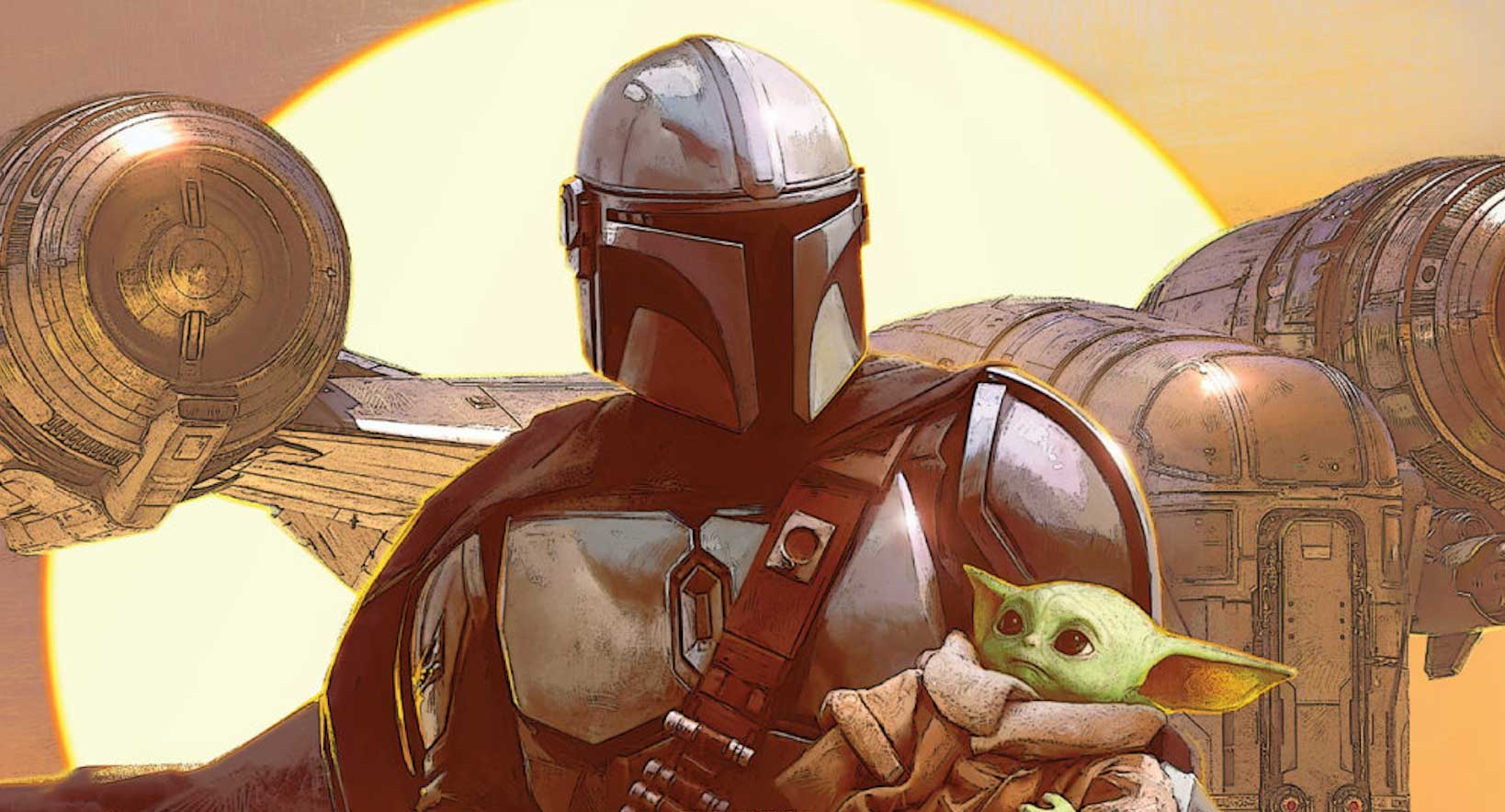
It's been just a little over three weeks since "The Mandalorian's" tearjerker Season 2 finale and we're already feeling the withdrawal with its weekly absence. Alas, this is the way!
To help with this temporary (we hope) absence of Mando, Grogu, Boba, Cara, Greef, Moff Gideon and the whole galaxy-hopping gang, a premium hardback was just released in December, written by Lucasfilm creative art manager Phil Szostak, titled "The Art of Star Wars: The Mandalorian" (Abrams, 2020).
This official 256-page, behind-the-scenes companion to the Disney+ series showcases a constellation of exclusive, first season concept art, character and costume sketches, alien world illustrations, weapons proposals, storyboards and designs for spaceships, vehicles and creatures.
Related: 'Star Wars'! 40 Surprising facts from a galaxy far, far away
- Want to try Disney Plus? You can get a 7-day free trial here
- Sign up for Disney Plus for $6.99/month
It's an absorbing coffee table book dedicated to delivering an inside peek at the entire pre-production artistic process behind the smash-hit show. It also contains insightful new interviews with key cast, crew and creatives, including executive producer/showrunner/writer Jon Favreau and executive producer/director Dave Filoni.
Steeped in "Star Wars" lore, Szostak has been associated with its art departments since back in 2008. Besides being a key part of the narrative design team on LucasArts's "Star Wars: 1313" project, he also authored "The Art of Star Wars: The Rise of Skywalker" (Abrams, 2019) and "The Art of Star Wars: The Last Jedi "(Abrams, 2017).
Space.com connected with Szostak to hear what fans of "The Mandalorian" can anticipate in this lavish new art book, how the Disney+ series captures that classic "Star Wars" magic, and reveals his favorite pieces of concept art crafted for the production.
Get the Space.com Newsletter
Breaking space news, the latest updates on rocket launches, skywatching events and more!
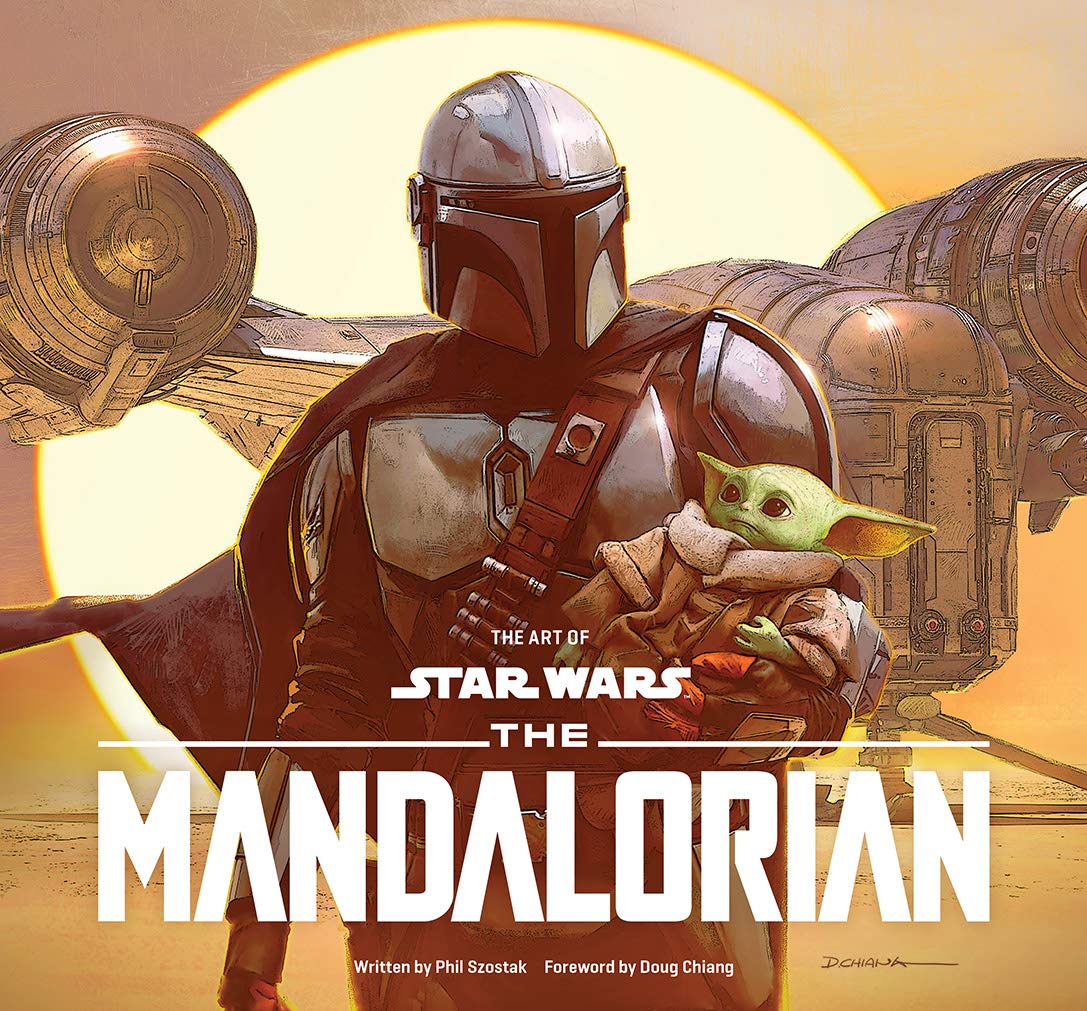
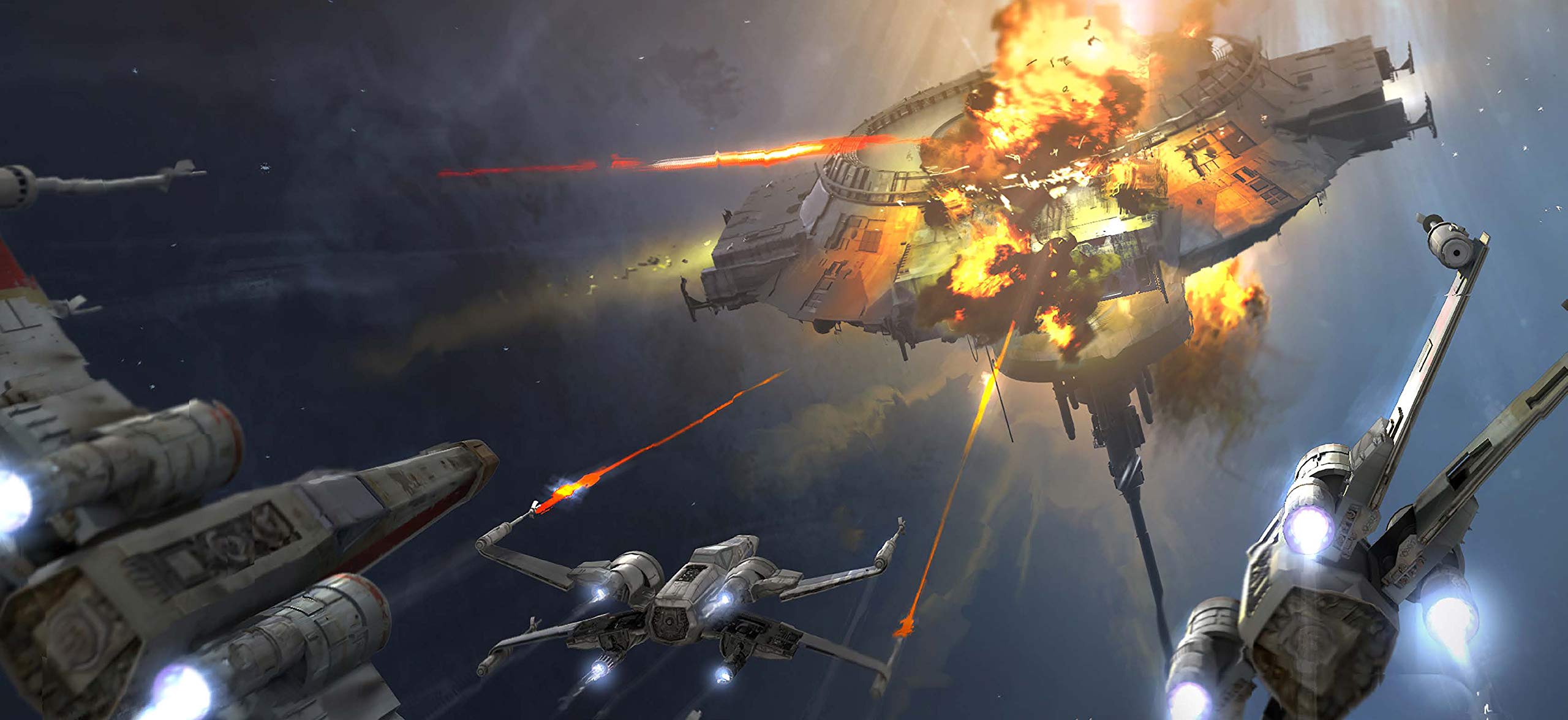
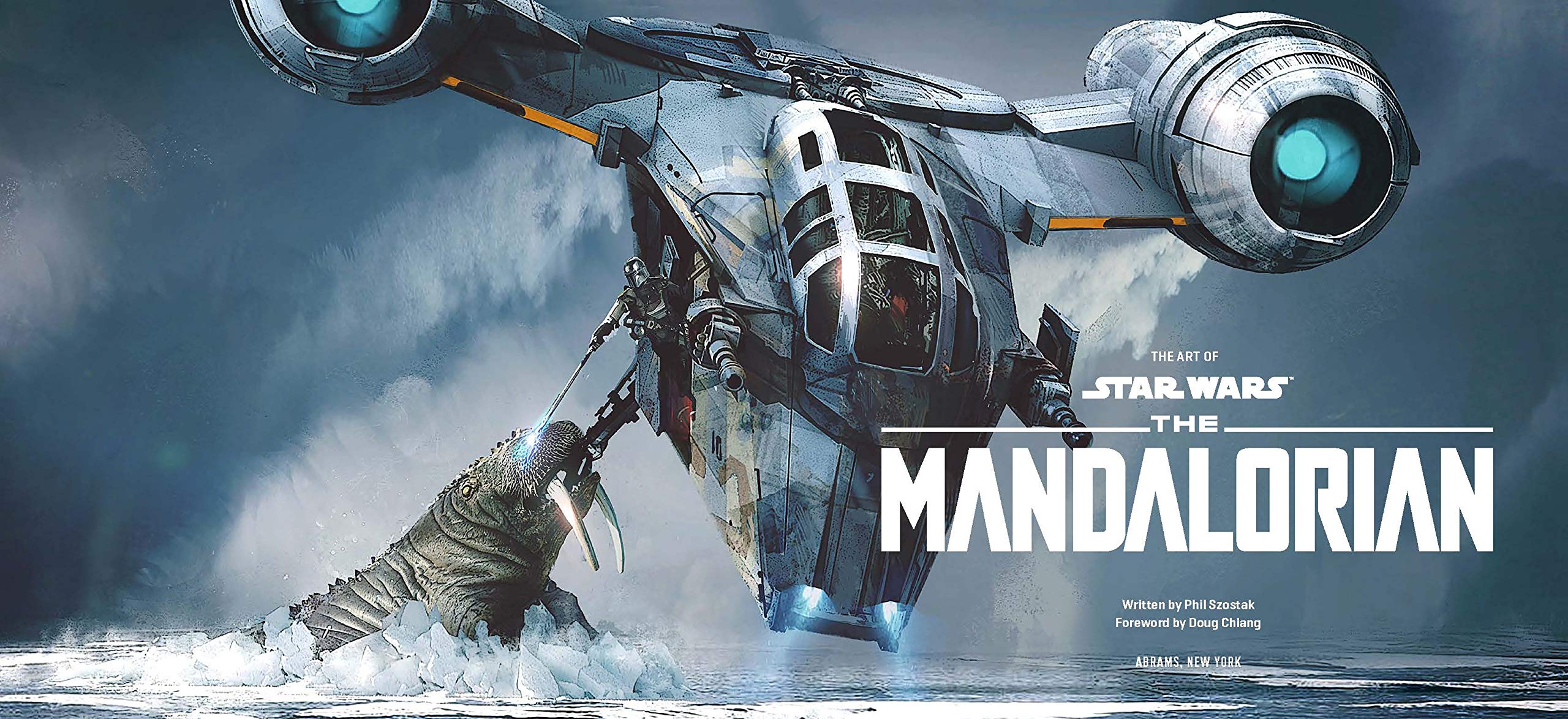
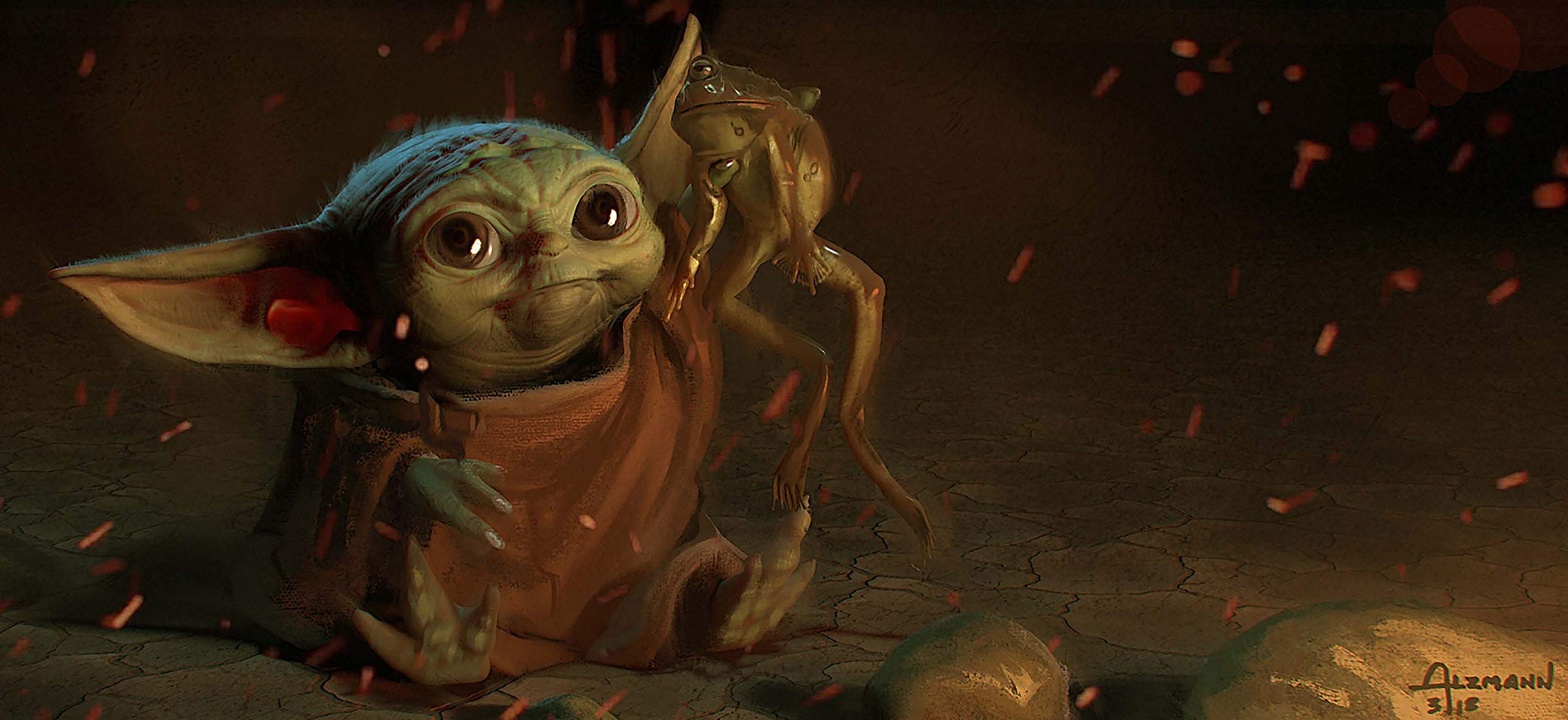
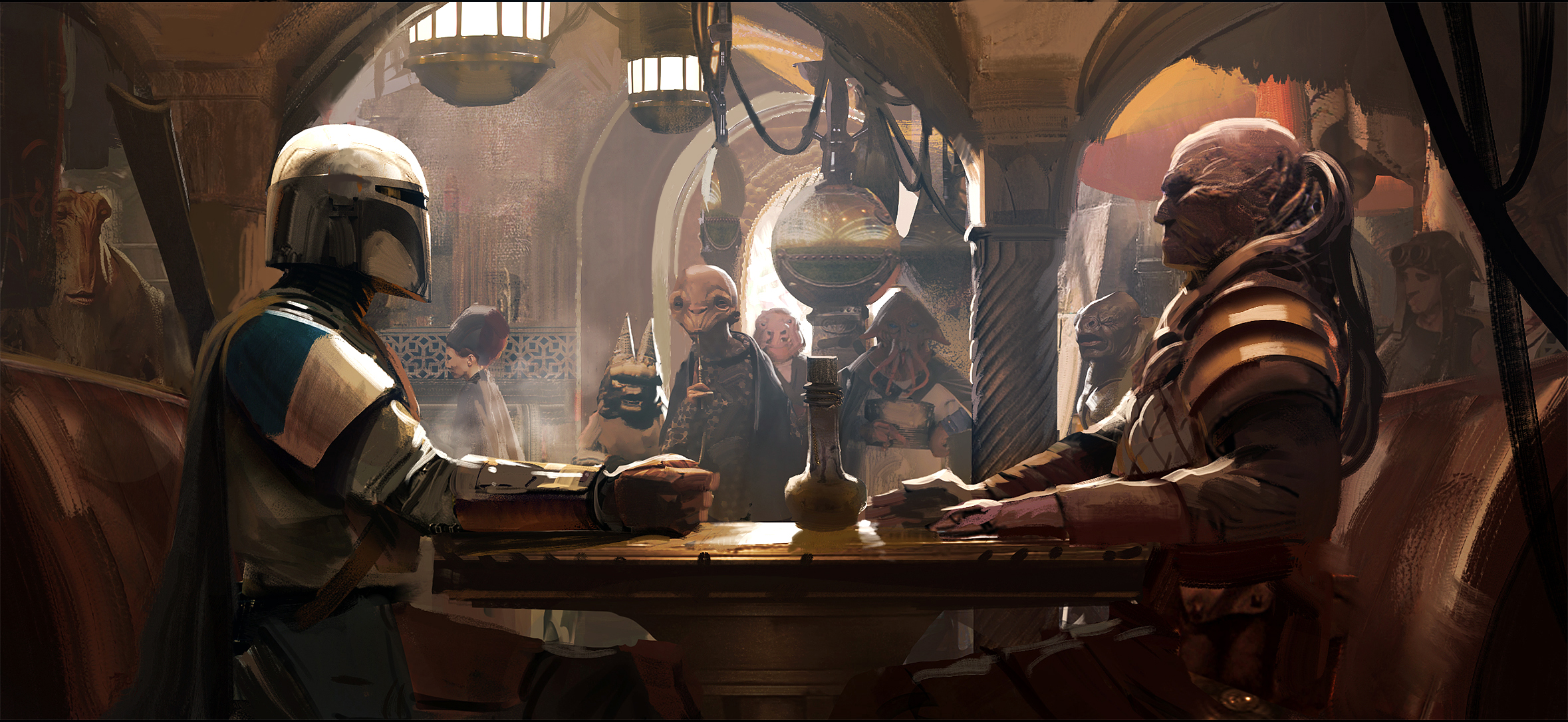
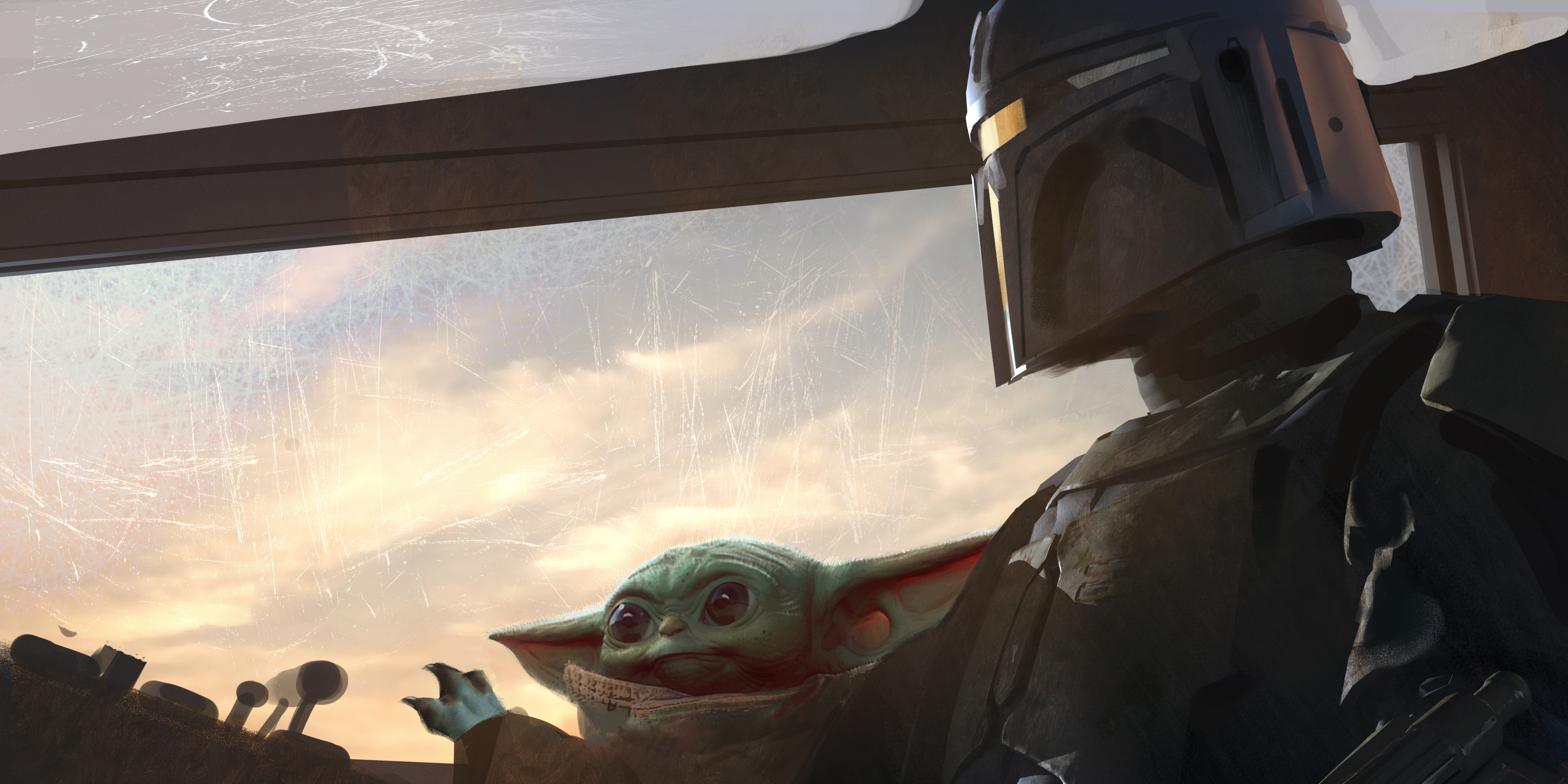
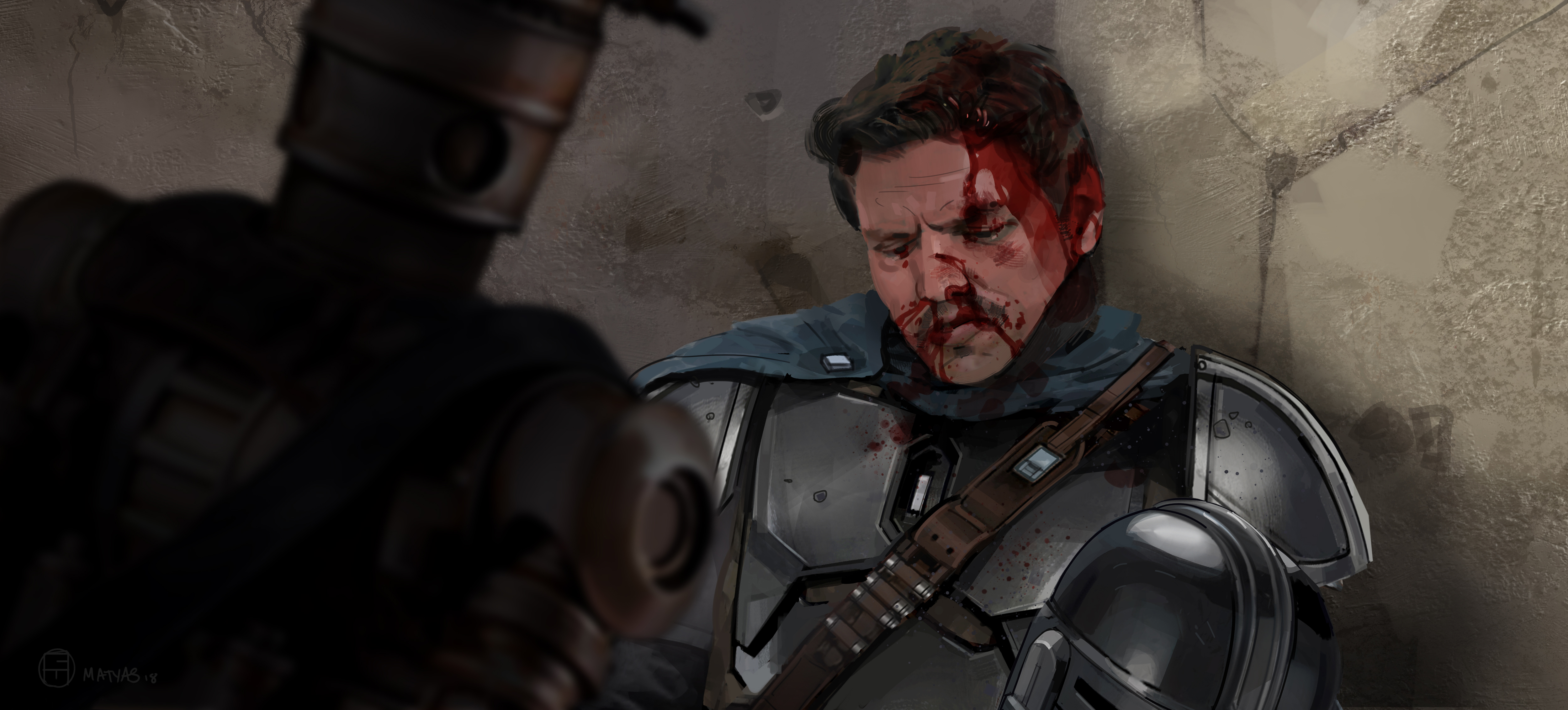
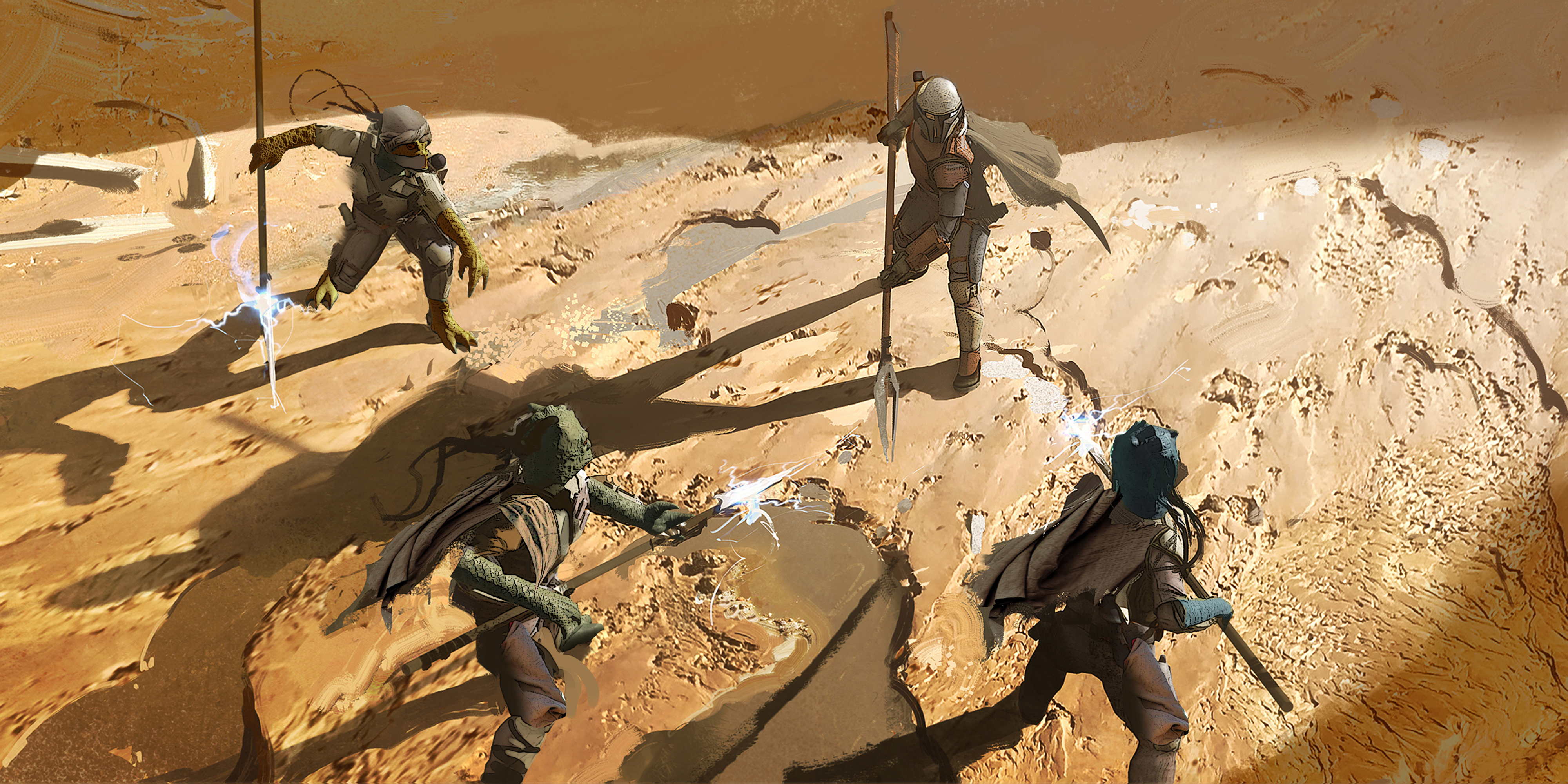
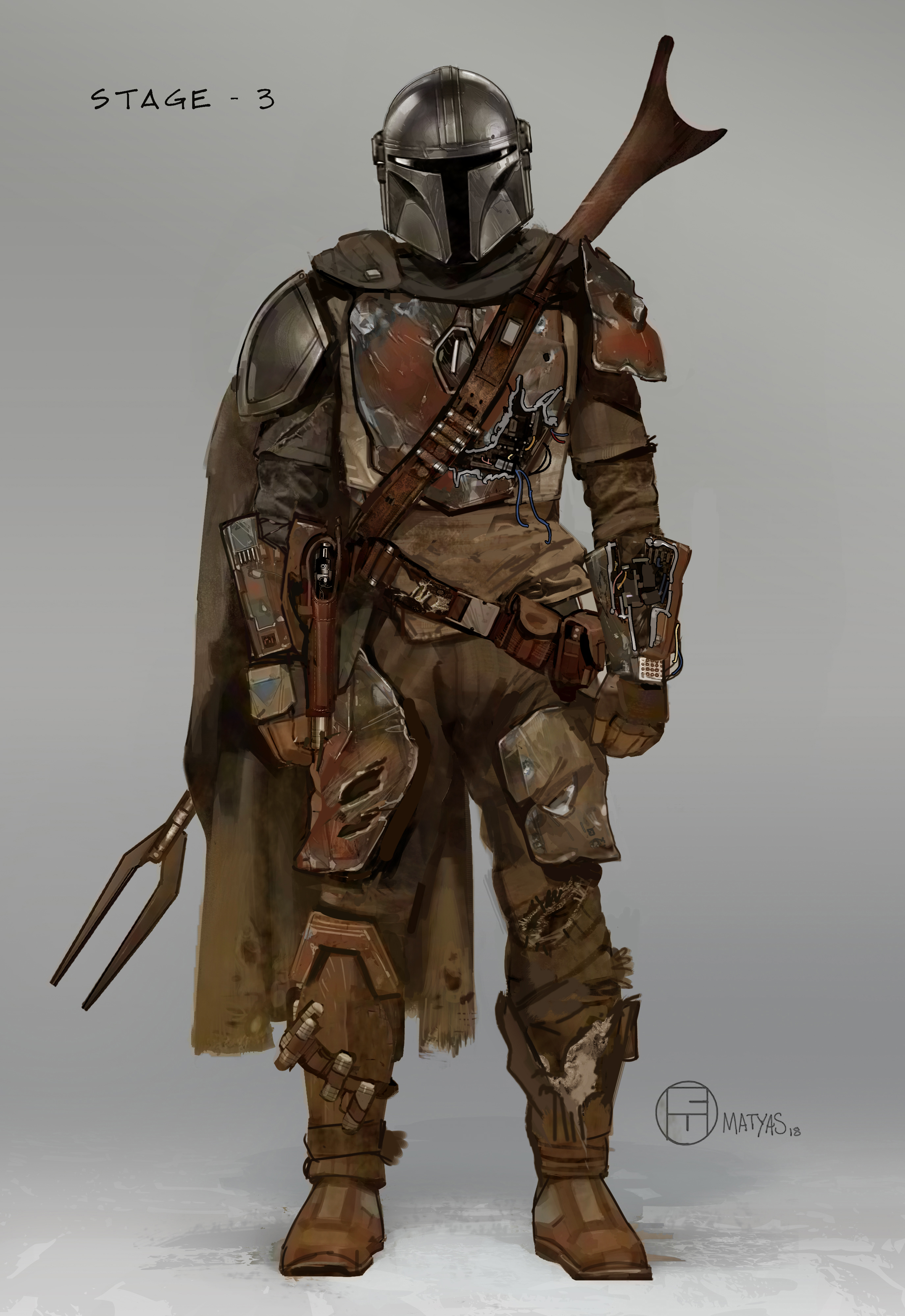
Space.com: How does "The Mandalorian" present that old-fashioned "Star Wars" flavor and why do you believe fans respond so positively to it?
Phil Szostak: That's a very good question! It's often difficult, even for Lucasfilm employees and "Star Wars" scholars such as myself, to put your finger on what exactly the "Star Wars" aesthetic is, or what makes something feel like "Star Wars" versus something which doesn't quite hit the mark. And I think that has to do with how seemingly simple but actually complex what George Lucas did with "Star Wars" back in 1977. There are so many influences in the mix: Kurosawa samurai films, classic and Spaghetti Westerns, fantasy, Flash Gordon and Buck Rogers serials, New Wave cinema, Joseph Campbell's monomyth, etc.
In my opinion, what show creator Jon Favreau has done exceedingly well with "The Mandalorian," and why it resonates so strongly with the fans, is tell a simple and straight-forward, Western-inspired, Man-with-No-Name type story, with a very endearing and emotionally resonant story of found family and coming together at its core.
And that is exactly what the very best "Star Wars" stories have always done: tell simple stories with a strong moral and emotional center. But "The Mandalorian" does it both unencumbered by the preceding 40+ years of "Star Wars" storytelling and fully-immersed in the visual language and deep lore of that storytelling. And that side of things comes from having artists and filmmakers like Dave Filoni and Doug Chiang contributing decades of knowledge and expertise.
Space.com: In compiling images for this special concept art book, what surprises or fun facts did you learn about the making of the show?
Szostak: As a member of Doug Chiang's Lucasfilm art department, who worked on "The Mandalorian" since Day One, there honestly wasn't too much that surprised me in compiling the book.
But, as I started to interview everyone involved and put the sequence of events together, what really struck me is how an amazing series of coincidences brought Lucasfilm president Kathleen Kennedy, Jon Favreau, and Dave Filoni together, leading to the creation of the show: Favreau and Filoni having met and worked together on "The Clone Wars" a decade prior, Jon having played a Mandalorian on "The Clone Wars," Filoni subsequently learning the craft of live-action filmmaking on the set of the recent "Star Wars" films, and finally Kennedy being tasked with finding a filmmaker and show for Disney+.
Space.com: Doug Chiang and his Lucasfilm art team have conceived stunning art for the series that factors into the end title sequence of every episode. What makes their art so electrifying in capturing the essence of the franchise?
Szostak: The Lucasfilm art department truly is the A-Team each concept artist hand-picked by Doug to be a part of the project. Leading the charge is Chiang himself, who set the design language of the "Star Wars" prequels in motion with Episode I, with design supervisors and "Star Wars" prequel veterans Ryan Church and Erik Tiemens, ILM design veteran Christian Alzmann and concept model supervisor Rene Garcia.
They really are the best of the best, working on a project that they consider to be a career highlight. So the whole team, myself included, brings a lot of experience, passion and dedication to our work.
Space.com: Do you have any favorite artworks in the book and what emotions do they trigger?
Szostak: I was lucky enough to get my hands on and include a lot of Dave Filoni scratch paper sketches in the book. And one of my favorites is his very first sketch of Mando and the Child's initial encounter, the baby in his floating pram levitating a ball towards Mando. That moment really encapsulated what the whole show is about in one image, these two war orphans and lost souls connecting with each other.
"The Art of Star Wars: The Mandalorian" is available now from Abrams Books.
Follow us on Twitter @Spacedotcom and on Facebook.
Join our Space Forums to keep talking space on the latest missions, night sky and more! And if you have a news tip, correction or comment, let us know at: community@space.com.

Jeff Spry is an award-winning screenwriter and veteran freelance journalist covering TV, movies, video games, books, and comics. His work has appeared at SYFY Wire, Inverse, Collider, Bleeding Cool and elsewhere. Jeff lives in beautiful Bend, Oregon amid the ponderosa pines, classic muscle cars, a crypt of collector horror comics, and two loyal English Setters.









